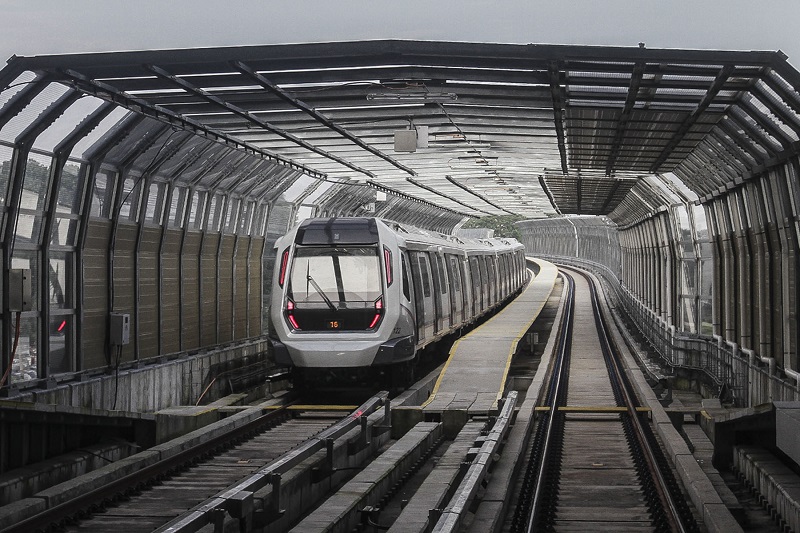KUALA LUMPUR, July 17 — If you have always loved a bit of trivia, here are some fun facts about the MRT Sungai Buloh-Kajang line which will become fully operational today.
1. Deepest
According to MRT Corp, the Tun Razak Exchange (TRX) MRT station is the deepest station along the entire 51km route at 40m deep. That is equivalent to about 13 storeys in a building.
This underground station is so deep that it can accommodate seven levels: Lower Ground Level, Upper Concourse, Upper Plant Room, Lower Concourse, Upper Platform, Lower Plant Room, Lower Platform.

2. Longest
The longest escalator for all 31 stations along the SBK route is at the Bukit Bintang MRT station, at 20 metres.
This is even longer than the Pusat Bandar Damansara MRT station’s escalator that, at 17 metres, is the highest escalator for all 24 elevated MRT stations.
Due to space constraints made necessary to avoid demolishing buildings along the Jalan Bukit Bintang road to make way for construction, MRT Corp settled on a unique solution to build the underground Bukit Bintang MRT station that is about 28m deep.
“So what we did was we built half the station, we built half on one side with the road on the other, then we flipped the road onto the bit that we built and then we built the other half of the station. And then we stitched the two stations together,” MRT Corp’s SBK line project director Marcus Karakashian told reporters last week.

3. Fastest
Karakashian said the fully-automated trains’ speed could run at a maximum speed of 98kph, especially between the Surian and Kota Damansara MRT stations.
He said the fastest speed at the underground stretch of the SBK line will be between the Tun Razak Exchange and Cochrane stations at around 94kph, while trains would generally travel at an average speed of around 40kph, depending on the distance between stations.
4. Safety
The commitment to ensure not just the convenience of MRT passengers but also their safety is shown in the use of over 3,500 close-circuit television cameras (CCTV) at the 31 MRT stations—including at escalator, lifts and linkways betweens stations.
Platform screen doors and Automatic Platform Gates (APG) have been installed to prevent MRT passengers from getting killed either by getting into the way of the driverless trains or from getting electrocuted from the tracks.

“The idea really is to stop people from accessing the track, it’s a safety issue...There’s no driver on the train, they will get killed, so we put APGs up, it’s a safety feature,” Karakashian said.
5. Cost
The entire MRT SBK line spanning 51km was built at a cost of just under RM21 billion, which is below the initial construction budget of RM23 billion, Karakashian confirmed.

6. Assembled in Malaysia
The four-car MRT trains called The Guiding Light were designed by BMW Group’s subsidiary DesignworksUSA and engineered by Siemens, and were assembled locally at an RM80 million plant in Rasa, Hulu Selangor.
A total of 58 train sets have been purchased for the MRT SBK line, with 42 of them used in daily operations and already sufficient to provide for a train frequency of four minutes during peak hours. The rest are to be used as spares or replacements such as when preventive maintenance work is carried out.
“So all 58 trains will be used, other trains are sitting out there, if there’s a breakdown, they can add another one in to maintain the service. We are not looking for trains, we got plenty of trains,” Karakashian said.
He told Malay Mail Online that the headway or the time between each trains could even be further reduced in the future if necessary.



















